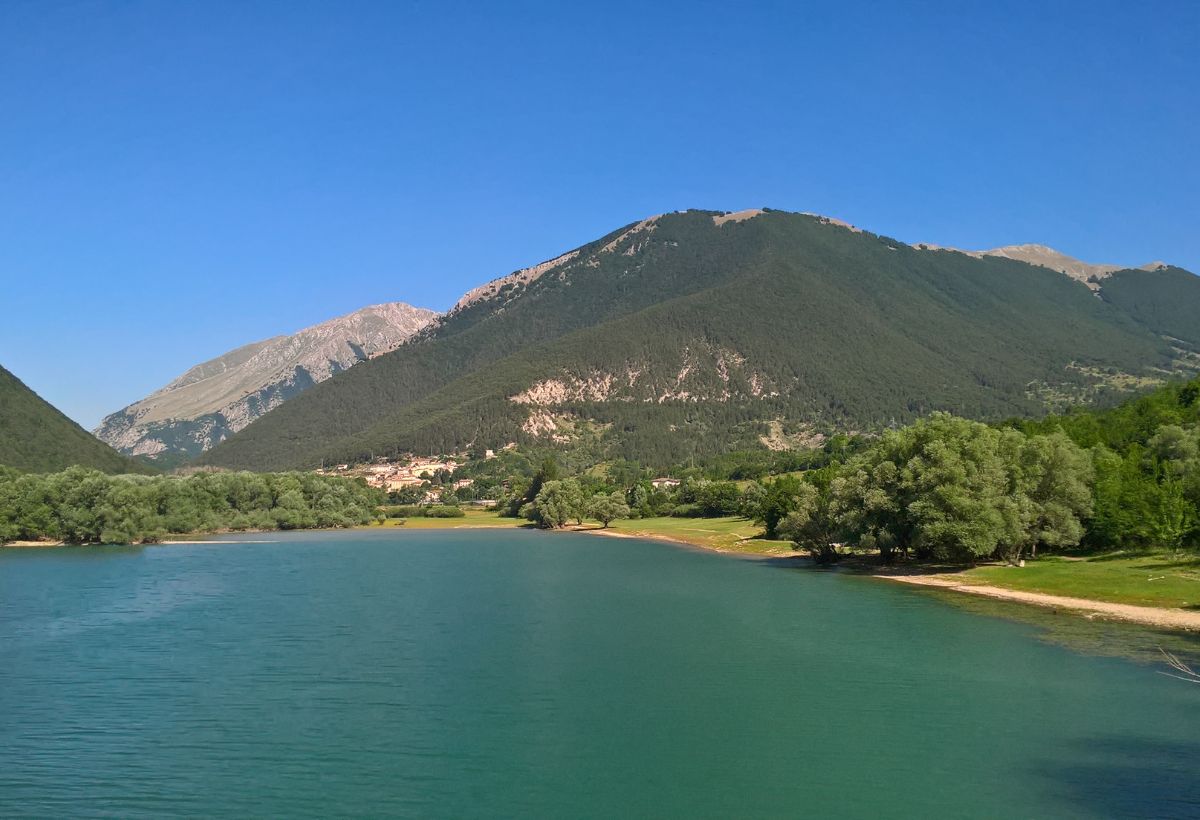Reaching Villetta Barrea means throwing yourself fully into the unspoiled nature of the green Abruzzo mountains. The village is in fact immersed in the National Park of Abruzzo, Lazio and Molise. An enchanting place, dominated by Monte Mattone and placed on the banks of the Sangro river. The area develops around an ancient castle of 1300 and sees its inhabitants live in close contact with local flora and fauna. Suffice it to say that the Sandro river, which enters a gorge in the woods and then throws itself into Lake Barrea, sees numerous deer in its area which, majestic, enrich the landscape.
Villetta Barrea history
The territory boasts an ancient history. It is indeed inhabited since the upper Paleolithic. It is probable that the first groups that decided to settle there were hunters, who periodically went to the heights in search of large prey. Some ancient necropolises show the presence of sedentary populations, at least from the first millennium BC, who practiced agriculture and livestock.
The construction of the Benedictine monastery of S. Angelo dates back to the eighth century. It was then destroyed in 937 following the Hungarian fury. It was in the area of today's cemetery of Villetta Barrea. Subsequently the Studio was built on a cliff overlooking the Foce di Barrea. It is a fortified monastery.
The origin of Villetta Barrea is linked to the depopulation of Rocca Intramonti, an ancient town at the foot of the Camosciara, between the end of the XNUMXth and the beginning of the XNUMXth century. The first news of the village dates back to this phase. At the time it was referred to as Villa Valis Regiae and Villa di Varreggia.
Villetta Barrea what to see
Villetta Barrea is the village among the deer. A definition that makes it very clear how these splendid creatures are one of the main reasons to go to this area of Abruzzo. The locals will be able to direct you to areas where sighting is almost certain. We recommend the shores of Lake Barrea, which helps to conceive Villetta Barrea in one's imagination as a real postcard. In the area there is also a large green park where residents spend peaceful and happy hours. You should also try a simple walk along the Sangro river, and then enter the splendid historic center. Stairs and stone houses everywhere, with the end result being a sort of intriguing architectural labyrinth.
Walking through the streets you will find yourself in front of the small church of San Sebastiano, initially conceived as a tabernacle and later transformed into a real church. Also worth visiting is the Church of Santa Maria Assunta, of which only ruins remain. Between 1700 and 1800 it was furnished with polychrome marble altars and numerous frescoes. Destroyed in the early twentieth century by two earthquakes, it was rebuilt from scratch. To the list of religious buildings is then added the Church of San Michele Arcangelo, which finds space where in the century there was the Benedictine temple.
On the civil architecture front, instead, there is space for the medieval tower, built in the fifteenth century. It is one of the oldest buildings in the village. Inside it houses the Museum of the Church of Santa Maria Assunta and the eighteenth-century palaces of Fontana and D'Orazio.
What to eat
There is no Italian village that does not have traditional recipes. In this case, gastronomy is closely linked to very simple dishes. To taste the turcenegle, the nougats, the almond and cocoa candies and the scruppelle.
Here is a list of dishes to try:
- sagne and beans
- maccarun on guitar
- dumplings with orapi
- skewers
- ngorda potatoes
- trout in white wine
- married lesche
- u'casceglione
- cook and glean
Featured photo source: Asia CC BY-SA 4.0





